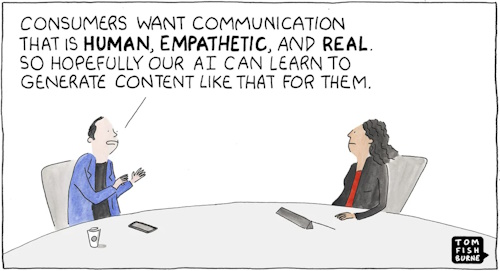 Chatbots
Chatbots
AI chatbots are advanced software programs designed to simulate human-like conversations with users through text or voice interactions
Related: Prompt Engineering | DeepSeek
 Definition and Functionality
Definition and Functionality
- AI Chatbots: These are programs that utilize artificial intelligence (AI), particularly natural language processing (NLP) and machine learning (ML), to understand and respond to user inquiries in a conversational manner. Unlike traditional chatbots that follow scripted responses, AI chatbots can interpret user intent and engage in dynamic interactions.
- Natural Language Processing: This technology enables chatbots to comprehend human language as it is naturally spoken or written. It allows them to process queries beyond pre-defined commands and generate real-time responses based on existing data. Multiple languages are supported.
 How AI Chatbots Work
How AI Chatbots Work
- Learning and Adaptation: AI chatbots continuously learn from their interactions, improving their responses over time. They analyze past conversations and user behavior to adapt their communication style and enhance user experience.
- User Intent Recognition: By employing NLP and ML algorithms, AI chatbots can detect the intent behind user queries, allowing them to provide relevant answers or assistance. This capability makes them suitable for handling complex questions and tasks.

 Advantages of AI Chatbots
Advantages of AI Chatbots
- Efficiency: They automate repetitive tasks, allowing human agents to focus on more complex issues.
- Scalability: AI chatbots can handle multiple conversations simultaneously, making them ideal for high-demand situations.
- Cost-effectiveness: Implementing chatbots can significantly reduce customer service costs while maintaining high service levels.
 Applications
Applications
- Customer Service: AI chatbots are widely used in customer support to answer inquiries, resolve issues, and provide information without human intervention. They can operate 24/7, offering consistent service and reducing operational costs for businesses.
- Sales and Marketing: Businesses utilize AI chatbots to engage with customers, qualify leads, collect data, and guide users through the purchasing process. They can also personalize interactions based on user preferences.
- Entertainment and Engagement: Some AI chatbots are designed for entertainment purposes, engaging users in casual conversation or games, thus enhancing user interaction on various platforms.
 Links
Links
salesloft.com/learn/ai-chatbots
cm.com/glossary/what-is-ai-chatbot/
techtarget.com/searchcustomerexperience/definition/chatbot
giosg.com/blog/what-is-ai-chatbot
investopedia.com/terms/c/chatbot.asp
infobip.com/glossary/ai-chatbot